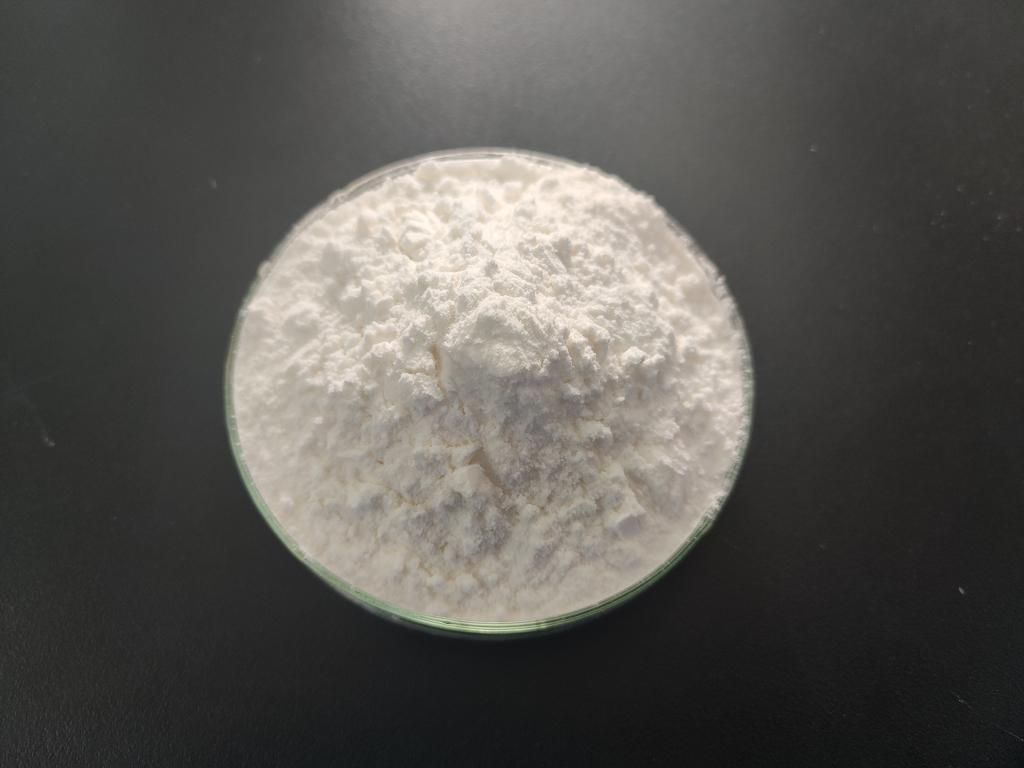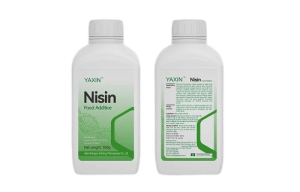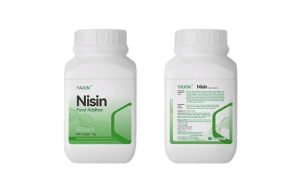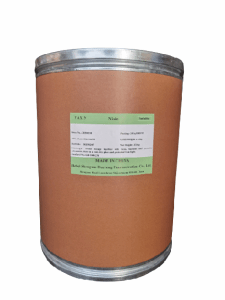Tel:+8618231198596

News
 CONTACT
CONTACT
 CONTACT
CONTACT
- Linkman:Linda Yao
- Tel: +8618231198596
- Email:linda.yao@dcpharma.cn
- Linkman:CHARLES.WANG
- Department:Overseas
- Tel: 0086 0311-85537378 0086 0311-85539701
News
Using ε-Polylysine hydrochloride in fermented dairy alternatives for microbial control
TIME:2024-12-05
What is ε-Polylysine Hydrochloride?
ε-Polylysine hydrochloride (ε-PLH) is a natural antimicrobial compound made from the amino acid lysine. It is produced by certain strains of Streptomyces bacteria and is recognized for its ability to inhibit the growth of a wide range of microorganisms, including both spoilage-causing bacteria and harmful pathogens. As a biopreservative, ε-PLH has been used in various food applications, including meat, dairy, and beverages, to prevent microbial contamination and improve shelf life. Its natural origin and broad-spectrum antimicrobial activity make it a desirable alternative to synthetic preservatives, particularly for consumers seeking clean-label, plant-based options.
Challenges in Fermented Dairy Alternatives
Fermented dairy alternatives are produced using plant-based ingredients such as soy, almond, coconut, oats, and cashews, and are often fermented with probiotics such as Lactobacillus or Bifidobacterium species. These alternatives offer similar health benefits to traditional dairy products, including promoting gut health through probiotics. However, they also face unique challenges in terms of microbial control.
Microbial Contamination: Plant-based milk and other ingredients used in fermented dairy alternatives are highly susceptible to microbial contamination due to their moisture content, nutrient profile, and natural sugars, which provide an ideal growth environment for harmful bacteria. This increases the risk of spoilage and the growth of foodborne pathogens, which can compromise both the safety and quality of the product.
Probiotic Survival: While probiotic bacteria are beneficial, they are also sensitive to environmental factors such as temperature, pH, and competition from spoilage microorganisms. Maintaining the viability of these probiotics during fermentation, storage, and transportation is crucial for the health benefits of fermented dairy alternatives.
Shelf Life and Storage: Fermented dairy alternatives typically have a shorter shelf life compared to their dairy counterparts due to the absence of preservatives and the potential for microbial spoilage. Extending shelf life while maintaining the product’s quality and safety is a significant challenge for manufacturers and consumers alike.
Role of ε-Polylysine Hydrochloride in Microbial Control
ε-Polylysine hydrochloride can be an effective solution for overcoming the microbial challenges faced by fermented dairy alternatives. Its natural antimicrobial properties make it an ideal candidate for enhancing the safety and shelf life of these products. Here are several ways ε-PLH can benefit the production of fermented dairy alternatives:
Broad-Spectrum Antimicrobial Activity: ε-PLH exhibits strong antimicrobial properties against a wide range of microorganisms, including both Gram-positive and Gram-negative bacteria. This broad-spectrum activity makes it effective in controlling spoilage bacteria, such as Pseudomonas, Bacillus, and Enterobacter, as well as foodborne pathogens like Listeria monocytogenes and Escherichia coli. By inhibiting the growth of these harmful microorganisms, ε-PLH can help ensure the safety of fermented dairy alternatives, reducing the risk of foodborne illnesses and extending the product’s shelf life.
Minimal Impact on Probiotic Bacteria: Unlike some synthetic preservatives, ε-PLH has minimal impact on beneficial probiotic bacteria. It selectively targets pathogenic and spoilage microorganisms while allowing the growth of probiotics that contribute to the health benefits of fermented dairy alternatives. This selective antimicrobial activity is especially important in maintaining the probiotic content of products like plant-based yogurts and kefirs, where the therapeutic effects of the probiotics are a key selling point.
Preservation of Product Quality: ε-PLH not only helps control microbial growth but also plays a role in preserving the sensory qualities of fermented dairy alternatives. Since it inhibits the growth of spoilage organisms, ε-PLH can prevent the development of off-flavors, discoloration, and changes in texture that typically occur as a result of microbial activity. This helps ensure that the product remains fresh and appealing to consumers for a longer period.
Clean-Label Appeal: As consumers continue to demand transparency and cleaner ingredients in their food, ε-PLH's natural origin offers a significant advantage. It is generally recognized as safe (GRAS) by regulatory agencies and is a preferred choice for manufacturers seeking to meet the growing demand for clean-label products. The use of ε-PLH in fermented dairy alternatives can thus enhance the product's marketability, positioning it as a natural and safe choice for health-conscious consumers.
Application of ε-Polylysine Hydrochloride in Fermented Dairy Alternatives
The incorporation of ε-PLH into fermented dairy alternatives can be done through various methods, depending on the specific product and the desired outcome. Here are some practical applications:
Pre-Fermentation Addition: ε-PLH can be added to plant-based milk before fermentation. This helps reduce the risk of initial microbial contamination, ensuring that harmful bacteria are kept at bay during the fermentation process. By preventing spoilage organisms from gaining a foothold, ε-PLH allows beneficial probiotics to thrive and ferment the product successfully.
Post-Fermentation Addition: After the fermentation process, ε-PLH can be incorporated into the final product to control microbial growth during storage and distribution. This helps preserve the quality and safety of the product, especially in the early stages of shelf life when spoilage is most likely to occur.
Synergistic Use with Other Preservation Techniques: ε-PLH can be used in combination with other preservation methods such as refrigeration, acidification, or modified atmosphere packaging (MAP) to create a multi-barrier system that ensures maximum safety and extended shelf life. This synergistic approach can provide a more comprehensive solution for maintaining both the safety and quality of fermented dairy alternatives.
Challenges and Considerations
While the benefits of ε-PLH are clear, there are some considerations when using it in fermented dairy alternatives:
Optimal Dosage: The effective dosage of ε-PLH must be carefully determined to ensure that it provides adequate microbial control without affecting the taste or texture of the product. Overuse could potentially impact the sensory qualities of the product, so it is important to find the right balance.
Regulatory Approval: As with any preservative, it is crucial to comply with local regulatory standards regarding the use of ε-PLH in food products. Manufacturers must ensure that their use of this preservative is within the limits set by food safety authorities.
Conclusion
ε-Polylysine hydrochloride offers a promising solution for addressing the microbial challenges faced by producers of fermented dairy alternatives. Its broad-spectrum antimicrobial properties, minimal impact on probiotics, and ability to preserve the safety and quality of the product make it an ideal biopreservative for these products. As the demand for plant-based alternatives continues to grow, the role of natural preservatives like ε-PLH will become increasingly important in ensuring the safety, freshness, and appeal of these innovative food products. By leveraging ε-PLH in the production of fermented dairy alternatives, manufacturers can meet consumer expectations for both health and quality while extending product shelf life and enhancing food safety.
- Tel:+8618231198596
- Whatsapp:18231198596
- Chat With Skype







